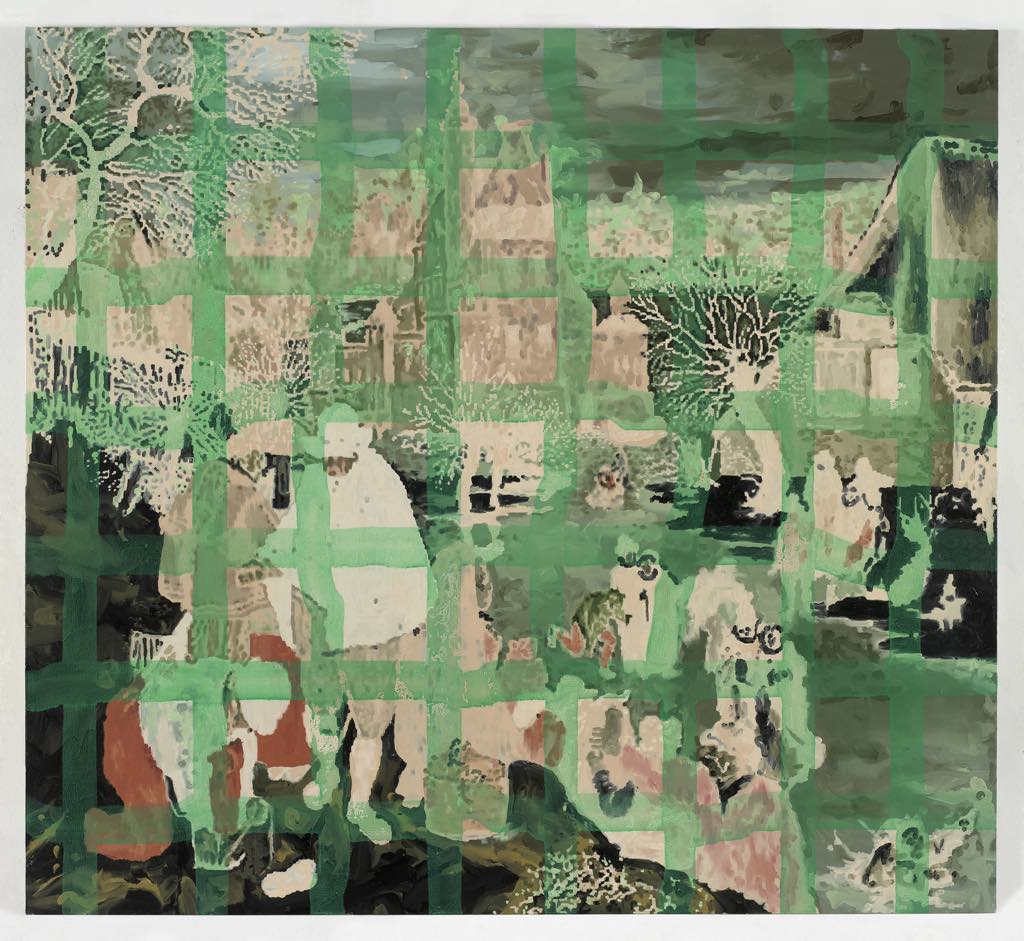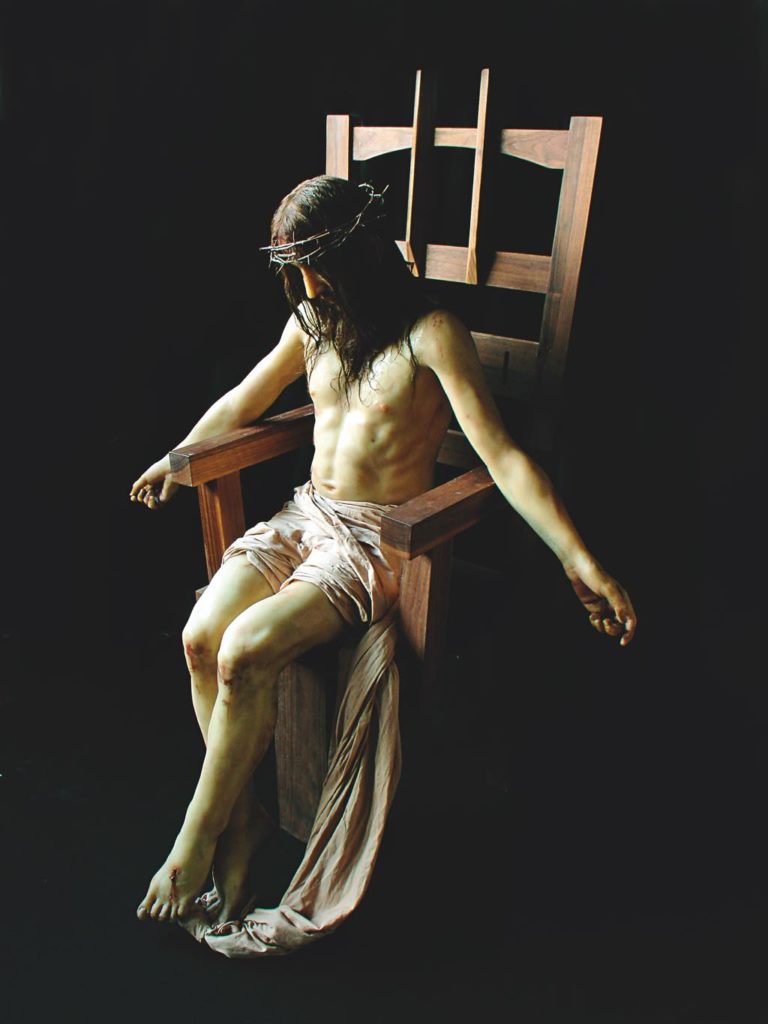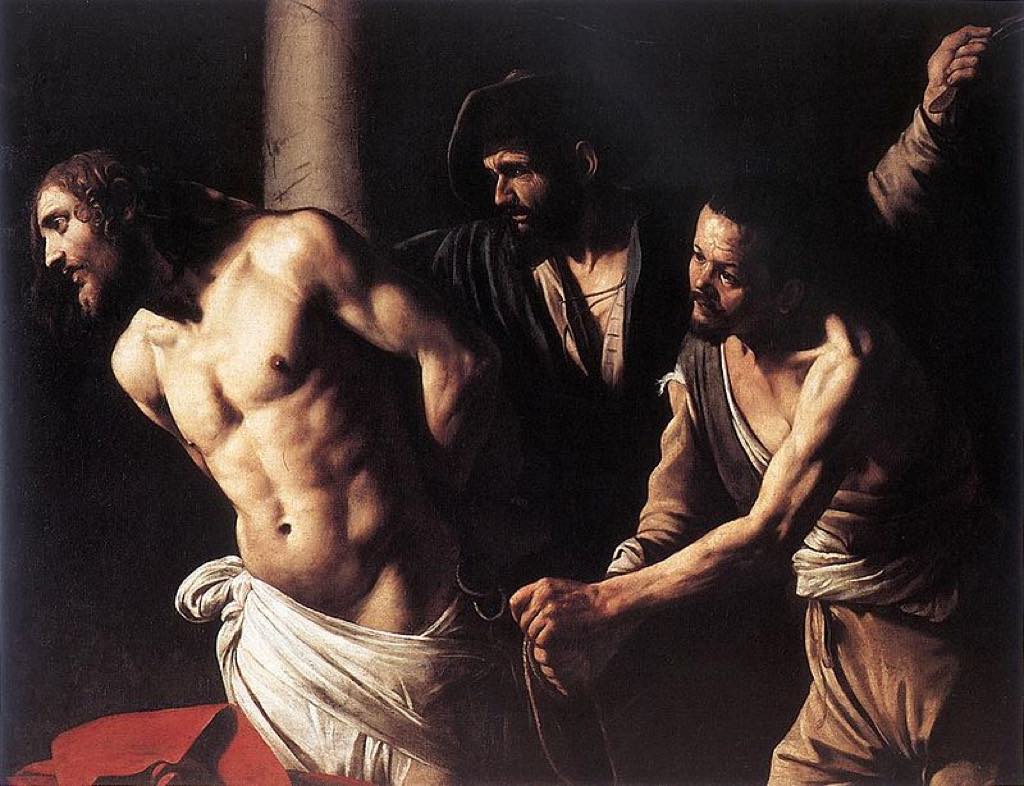
With the wealth of museums we have in Paris, it’s easy to forget about the art treasures to be found in the impressive museums in France’s provincial cities. The city of Rouen, only about an hour from Paris by train, has one of the best in the country. Not only does its Musée des Beaux-Arts own a stunning Caravaggio (more on that later), but it also boasts Velázquez‘s famous “Democritus,” Delacroix’s masterpiece “The Justice of Trajan,” and many other important works by Clouet, Ingres, Van Dyck, Rubens, Veronese, Poussin, Monet, Modigliani and so on.
The museum keeps locals and other visitors coming back with temporary exhibitions, of course, but the dynamic director of the city’s national museums, Sylvain Amic, doesn’t stop there. “Just because there’s no contemporary art museum in the city doesn’t mean Rouen should do without,” he says. Accordingly, he has gone all out to form partnerships to bring new art into the capacious spaces of the museum.
One such partnership is with French tycoon François Pinault, who has finally found a Parisian home for his contemporary art collection at the Bourse de Commerce, which is currently being renovated according to the plans of architect Tadao Ando and is set to open this year. Pinault has lent part of his collection to the Rouen museum for an exhibition called “So British!” (through May 11, 2020) with 10 monumental works dispersed among the museum’s permanent collection in concordance with a particular work or group of works. According to Amic, works by British artists were chosen as a tribute to Normandy’s close relationship with Britain (sadly, set to be ruptured by Brexit while the show is still on).

You can’t get more British than the pro-Brexit (is it their contrarian side?) Gilbert & George, those two well-dressed gentlemen who star in their own works and share a wicked sense of humor. They are represented here by the luminous “Cry” (1984), displayed alongside a 16th-century stained-glass window depicting the Last Judgment (1500-10) in vibrant blues and reds that correspond nicely with the green, blue and red of the Gilbert & George piece.
One of Damien Hirst’s butterfly “paintings,” “Dark Soul” (2006), with an iridescent-blue specimen mounted on a black square, is juxtaposed with Otto Marteus van Schrieck’s 18th-century still life “Forest with Lizard, Mushrooms and Butterflies” which, like Hirst’s work, has nothing to do with reality – it is just the artist’s grouping of things that would never be found together in nature.

Paul Fryer’s 2007 sculpture “Pietà (The Empire Never Ended),” a life-like but not life-sized crucified Christ seated in an electric chair, is displayed near a 1758 painting by Jean-Baptiste Deshays of the very dead body of Saint Andrew being placed in his grave.
The other British artists present are David Nash, Toby Ziegler, Lynette Yiadom-Boakye, Nigel Cooke, Jonathan Wateridge, Thomas Houseago and Keith Tyson.
French modern art makes an appearance in a room entirely devoted to the work of Simon Hantaï (1922-2008), with 10 works dating from the 1950s (on loan from the Fondation Gandur through April 27, 2020). Hantaï, an abstract painter who was born in Hungary but moved to France in 1948, was France’s answer to Jackson Pollock. He did not copy the American action painter but developed his own techniques of “automatic” painting, like plissage (folding), which introduced an element of chance to the process.
Another entire room is given over to the young artist Mehdi-Georges Lahlou (through February 24, 2020), who makes beautiful pieces that cleverly refer to a melange of Western and Islamic cultures (much as his first name does) using such unusual materials as chickpeas and couscous.

Amic continues to seek out new collaborations with other modern and contemporary art institutions, but he is not neglecting the Old Masters. Caravaggio fanatics like myself will be thrilled to hear that in the fall of 2021, the museum’s magnificent “Christ at the Column” (or “Flagellation of Christ”), painted by the iconoclastic painter circa 1606-07, around the time he fled from Rome, where he was accused of murder, to Naples, will be joined by another “Flagellation of Christ” belonging to the Museo di Capodimonte in Naples. Although the compositions differ, the muscular, nearly nude Christ figure is bathed in light in both, with his two rough-looking torturers consigned to the shadows. Yet another reason to return to Rouen next year.
Favorite